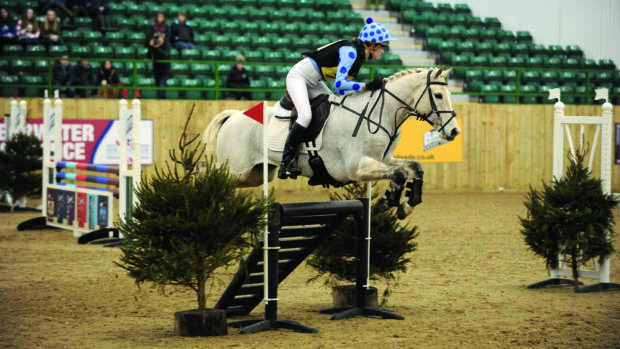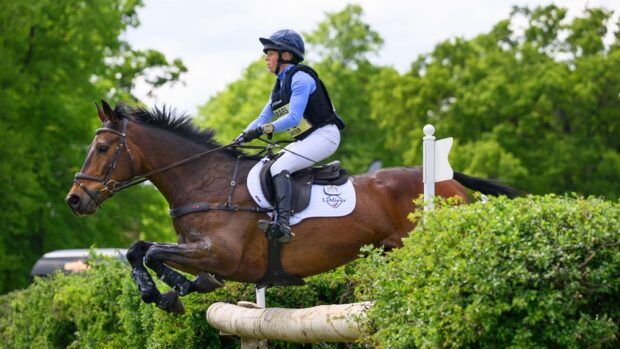1. There is a key to every horse. There are few bad horses in the world, but some have bad starts. Look at the positives in horses, they have more to give.
2. Horses generally can jump and we are lucky in eventing that we can train the horses if they have the will to please. Some top horses are not the most talented. Quite often the horses that jump very spectacularly are more difficult to keep sound in eventing. They need to be economical cross-country.
3. You can always keep learning. My father, champion jockey Josh Gifford, taught me that.
4. I like to learn how each horse ticks. Try to individualise each horse.
5. Confidence is the most important thing. Jumping little fences seems boring, but I do lots of exercises over small fences. Horses will jump better at a competition if they arrive confident.
6. Some horses take more time than others and you can’t rush them. I spent ages getting bucketloads of time-faults on Carraig Dubh — an ex-racehorse who cost £800 — and teaching him not to rush, but he went on to go three-star with me, go to the Olympics with Sam Albert and then be a schoolmaster for a young rider. Similarly my 2009 European champion Miners Frolic was not naturally brave — he was a real windbag as a young horse — but he learnt to trust me.
7. Ex-racehorses have often failed in their first career and haven’t enjoyed it. It can take a bit of time for them to mentally adjust and realise being ridden and being asked to do things can be fun.
8. I love a neckstrap. You don’t want to jab horse in the mouth because you’ve lost balance when the horse spooks. Horses can also learn to steady if you pull on the neckstrap, then you can have as nice a hand as possible.
9. Spooking is a natural reaction and some horses will always be spooky. It’s frustrating, but don’t tell them off. Be gentle. You can press on and expect them to work even if they are not fully settled. Captivate their attention by doing things.
Article continues below…
You might also be interested in:

Help! My horse is a ‘wiggleworm’! How to improve your horse’s straightness
Ride Better with Christoph Hess, is a new book, out now, which is full of helpful tips and pieces of

10 commandments for competition riders

How to nail the showjumping warm-up at a one-day event
Getting ready to tackle the coloured poles at a one-day event can be stressful for event riders. H&H asks the
10. Horses which trip a lot are usually stiff in the back. It’s amazing how tripping can improve when horses are less stiff in the back and remember to lift their legs up.
11. I tend to ride in spurs. As a rider you need to learn to use them. You will soon learn when you’ve got it wrong as horses kick out — or you get bucked off!
12. Think about what you can do better. What can I learn from what just happened?
13. The rider mustn’t be a hindrance to the horse. Be honest with yourself about fitness — if you are aching at the end of the course or out of breath you need to do something about it. I stay fit from riding and because I’ve been riding every day as a job since I was 16, but if you are working, you can build it into your day. Put your stirrups up short and canter round like that. Ride without stirrups on the lunge.
Tina shared her insight during a masterclass organised by the British Eventing (BE) Charitable Foundation at Merrist Wood in Surrey. There are two BE masterclasses left this winter — 14 December at Kingston Maurward, Dorset, with Lucinda Green and 16 February 2019 at the Scottish National EC, Broxburn, with Andrew Nicholson.
For all the latest news analysis, competition reports, interviews, features and much more, don’t miss Horse & Hound magazine, on sale every Thursday.




